1. Statement Rugs That Can’t Handle Traffic
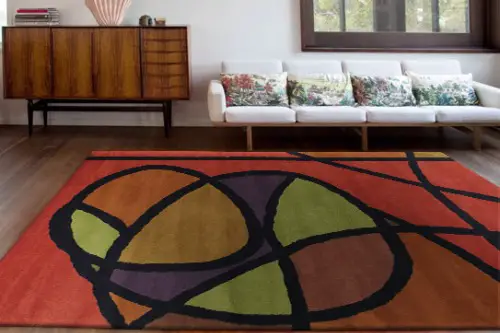
A vintage Persian or high-pile wool rug can anchor a room beautifully—but if it’s in a high-traffic area, it’s going to take a beating. These rugs often require special cleaning and can’t handle spills, shoes, or pets. They’re better suited for rooms that are more for show than for daily life. Otherwise, you’re constantly tiptoeing around your own home.
Use durable, low-pile rugs in busy areas and save the delicate ones for low-use spaces like a reading nook or guest room. Or look for vintage-style rugs made with performance materials. Your floors should be lived on, not tiptoed around. Style should support your lifestyle—not restrict it.
2. Glass Coffee Tables
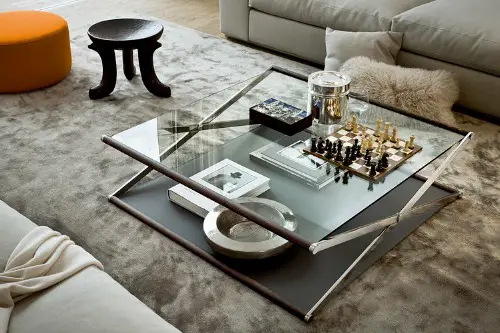
They’re sleek, modern, and make a room feel more open—but they’re also magnets for fingerprints, smudges, and scratches. If you actually use your living room, you’ll be wiping this table down daily. And if you have kids or pets, it’s a safety hazard waiting to happen. It’s a high-maintenance piece disguised as a minimalist staple.
Opt for tempered glass if you must, or consider a wood or stone alternative with a similar silhouette. You’ll get the same visual lightness with a lot less stress. A table should hold your coffee, not your constant attention. Function matters just as much as form.
3. Floating Shelves with Perfect Styling
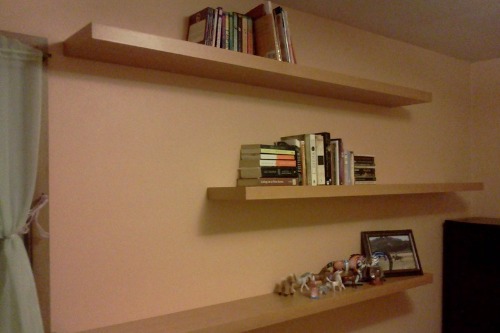
Those open shelves filled with color-coded books, tiny vases, and trailing plants look amazing—until you actually need to use them. They often lack real storage and require constant rearranging to stay “styled.” One new book or misplaced item throws off the whole balance. It’s decor that demands discipline.
If you need storage, mix open and closed shelving or use baskets to hide everyday items. Let your shelves evolve with your life, not just your Pinterest board. A little imperfection makes a space feel lived-in. Style should serve you, not the other way around.
4. Low, Sculptural Seating

Curvy, low-profile chairs and sofas are having a moment—but they’re not exactly built for lounging. They can be hard to get in and out of, especially for older guests or anyone with back issues. And they often sacrifice comfort for silhouette. Great for a showroom, not so much for movie night.
If you love the look, test it in person before committing. Or balance one sculptural piece with more supportive seating nearby. A beautiful chair isn’t worth it if no one wants to sit in it. Comfort is always in style.
5. Wall-Mounted Faucets Over Shallow Sinks
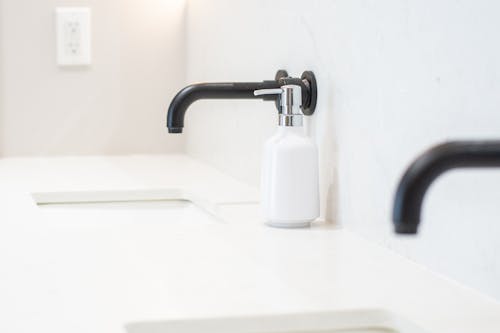
They look elegant and save counter space, but wall-mounted faucets paired with shallow sinks are a splash zone waiting to happen. Water pressure, angle, and sink depth all have to align perfectly—or you’ll end up with puddles every time you wash your hands. It’s a combo that’s more about aesthetics than practicality.
If you love the look, choose a deeper sink and test faucet placement carefully. Or go for a deck-mounted version with similar lines. Good design solves problems—it doesn’t create them. A bathroom should be easy to use, not just easy on the eyes.
6. No Overhead Lighting

Relying solely on floor and table lamps might create a cozy vibe, but it’s not always practical—especially in rooms that need task lighting. Without overhead fixtures, you’re left with uneven lighting and dark corners. It looks great in photos but can be frustrating in real life. Ambiance is lovely, but visibility matters too.
Layer your lighting: combine ambient, task, and accent sources for a balanced effect. Even a subtle flush-mount or dimmable pendant can make a big difference. A well-lit room is a well-loved room. Mood lighting shouldn’t mean squinting.
7. Ultra-Minimalist Kitchens
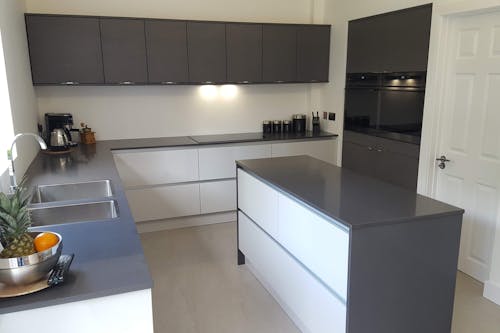
No upper cabinets, no visible appliances, and barely any counter clutter—it’s a minimalist’s dream kitchen. But if you actually cook, it’s a logistical nightmare. There’s nowhere to store pantry items, and every tool has to be hidden away and pulled out again. It’s a kitchen designed for aesthetics, not activity.
If you love the clean look, integrate smart storage solutions like pull-out drawers, appliance garages, or hidden pantries. Let your kitchen work as hard as you do. A beautiful space should still be functional. Cooking shouldn’t feel like a scavenger hunt.
8. All-White Everything
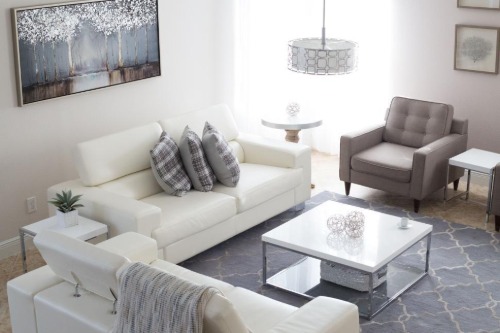
White sofas, white rugs, white walls—it’s a minimalist dream until real life walks in. One coffee spill, muddy paw print, or red wine mishap and the whole aesthetic starts to unravel. These spaces look pristine in photos but require constant upkeep to stay that way. Unless you live in a museum, it’s a stressful way to decorate.
If you actually use the room, consider off-whites, washable slipcovers, or performance fabrics that can handle wear and tear. You’ll still get that airy look without the anxiety. Design should support your lifestyle, not work against it. Beauty and durability aren’t mutually exclusive.
This post 8 Design Trends That Only Work If You Never Use the Room was first published on Greenhouse Black.
